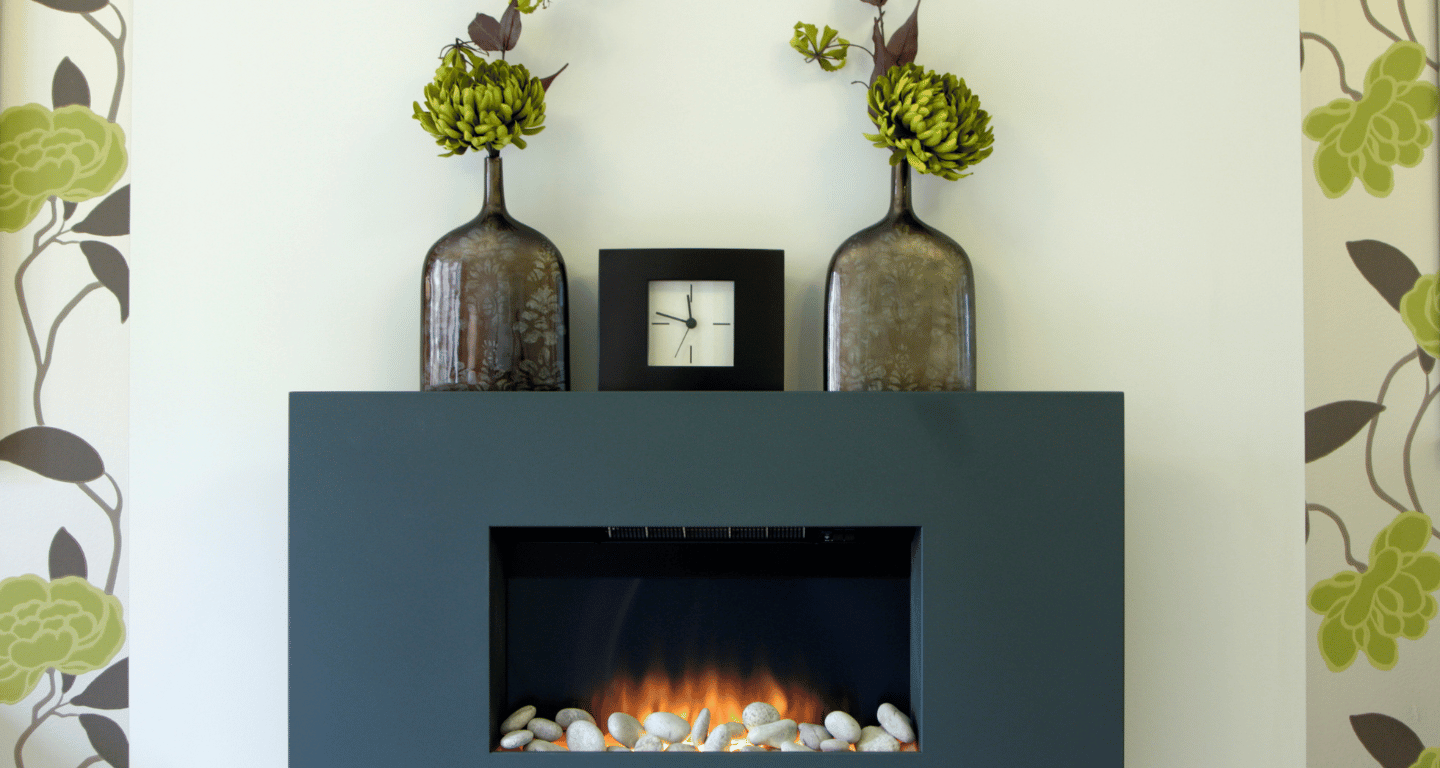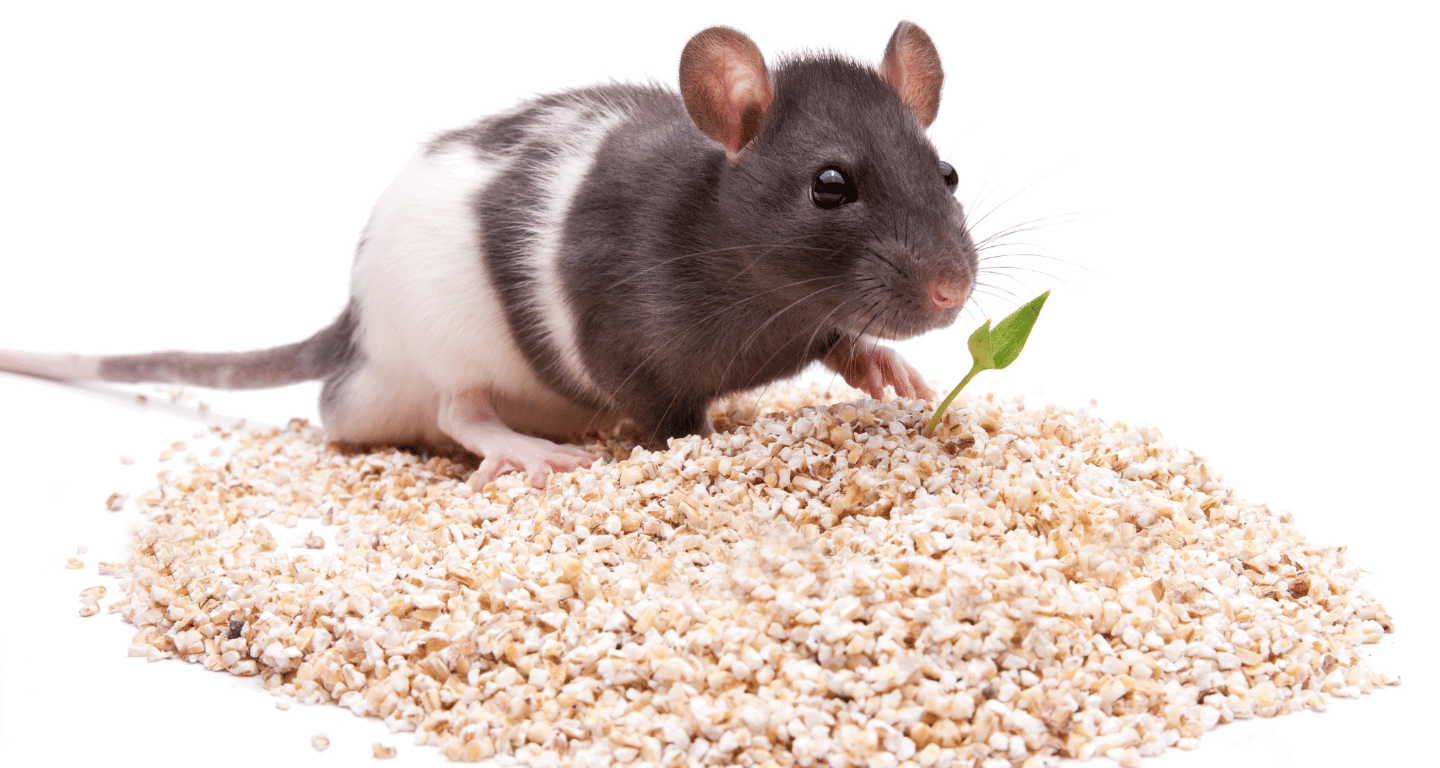Autumn Healthy Home Threats
Autumn Healthy Home Threats… What’s happening in your home?
Autumn is a beautifully colourful time of the year. Greens become yellowed with red and fade to orange and brown. Once fallen, there’s that lovely crunch to them as you walk.
I remember when my first dog was a puppy and he walked on the dry autumn leaves for the first time. He was startled, then curious, and finally amused… it was then fun for him to walk through the crunchy crackly leaves… I digress.
In terms of our homes, there are healthy home threats that are closely matched with this one.
What is meant by a “healthy home threat”?
A healthy home threat is anything that hinders our efforts to establish a healthy home. These threats come in various forms, ranging from allergens and increased humidity to leaks, fresh paint, and modern technology.
It’s important to understand these threats, and be vigilant in keeping our homes healthy, and today, we’ll explore the healthy home threats associated with autumn.
What is Unique about Autumn?
Autumn days are varied, and tend to be crisp and often clear, the days shorter and we tend to start wearing layers to accommodate the changes through the day.
As Autumn gains momentum, we tend to:
- Start spending more time indoors
- Squeeze in any final “hurrahs” from summer – like trips to the beach on the last of the hot days
- Alternate between using cooling and heating as we transition between the seasons
- Use artificial lights earlier in the evenings as it gets dark earlier
- Prepare for winter – as do other critters
- Let’s find out how these changes can become Autumn healthy home threats.
HVACs and Indoor Air Quality
“HVAC” stands for “heating, ventilation and air conditioning”.
It is absolutely essential that they are serviced regularly by professionals (check the manual as to the manufacturer’s recommendations).
And equally important is the regular cleaning that you do.
Every week (all year), you should be vacuuming the filters for any HVAC units that you use – heating, cooling, air purifiers, dehumidifiers. The fins and all accessible areas should also be cleaned weekly with a moist microfibre cloth.
Too often, I’ve seen them absolutely caked with dust – and dust can harbour dust mites, allergens, mould spores and more.
Infrequent cleaning and servicing can mean that your HVACs could be spreading these contaminants around.
SOLUTIONS
Here are some steps you can take to protect the indoor air quality of your home.
- Have all of your HVACs serviced in autumn
- Make sure you’re regularly cleaning the filters, fins and accessible parts – including ducts
- Replace pre-filters on return air grilles

Gas Appliances
Gas appliances are often not used throughout the summer months. Conversely, in winter, they tend to be heavily used.
Devastatingly, gas appliances can result in deadly gases being released into our homes if they leak, are improperly flued or the gases aren’t combusting properly.
I’ve had quite a few reports from people about intense fatigue and grogginess when using their gas heaters wanting me to come out to assess their homes. This is not something I need to assess – this is when you call in a licensed gas plumber as it is a potentially deadly situation. In every case, I’ve had the person contact me afterwards thanking me for identifying the problem.
Gas appliances include the oven, hot water system as well as heating units.
SOLUTIONS
- Have all gas appliances serviced by a licensed gas plumber
- Attend to any leaks
- Maintain ventilation of your home, by opening windows and doors to exchange the air
Artificial Lighting
As the days become shorter, we use artificial lights earlier and earlier.
Natural lighting fluctuates throughout the day, with varying levels of blue and red light.
Artificial lighting often doesn’t.
The result of this can be that it can cause problems with sleep.
Now is a great time to invest in some lighting that will work for you – lighting your home and supporting your sleep (which is essential to health and wellbeing).
Of the many products available on the market, the brand I like best is BlueLightBlockers.* Use coupon code bb88 to save 10% off their range.
SOLUTIONS
- Orange lamp or bulb for dusk
- Red lamp or bulb for evenings
- Red night light for overnight
* These are affiliate links – if you don’t want to use them, just click here instead. I recommend them because they are excellent products and really are blue-light-free, and have therefore negotiated a discount for my community. (Not the other way around!)
Condensation
As the temperatures shift, the location of where condensation can form will also alter…
Where there’s condensation, there’s moisture. And, I’m sure you’ve heard me say: mould is a moisture issue.
There are some simple steps that you can take to reduce the condensation risks.
SOLUTIONS
- When heating or cooling your home be sure to do this for your entire home – keeping internal doors open will help to even out the temperature throughout your home.
- To allow the air to circulate to maintain more even temperatures, keep furniture at least 10cm away from exterior walls.
- Be on the ready for condensation and have a dry microfibre cloth ready to wipe it off. A flat microfibre mop is ideal if you notice it high up (like on the ceiling or high windows).

Rodents and Other Uninvited Guests
This is the time of year when critters prepare for winter – when traditionally food was not so readily available.
For this reason, you may notice an increase in activity as evidenced by droppings, holes in food packets and other strange occurrences.
Not only are they looking for food, they are also looking for nesting materials (and even locations) – and we don’t want them setting up in our homes!
Rodents are pretty clever and extremely nimble. Mice can fit through tiny holes (even as small as 1 cm) and they are also able to scale vertical surfaces up to about 90 cm!
While it’s tempting to put poison out to kill them – especially when they “go away to die,” I strongly discourage you from doing this. These poisons are “second generation anticoagulant rodenticides” (SGARs) and cause whatever eats them to slowly die by bleeding to death. Decades ago, one of my dogs got into some and we very nearly lost him (he wasn’t even 2 years old)… SGARs are slow acting, so the poisoned animals go about normal activities – and if caught and eaten by a pet or wildlife, that animal will be poisoned, too.
SOLUTIONS
- Ensure that all of your food items are stored in glass or metal containers – this includes pet foods. What can’t be stored in these containers needs to go in the fridge or a well sealed cupboard.
- Make sure you fill in any holes so that there are no easy entry points – in cupboards as well as around your home.
- Avoid poisons – opt for traps instead. If you must use poison, BirdLife Australia have a list of safer options here.
Autumn Healthy Home Threats… now under control!
Now that we’ve addressed our HVACs, gas appliances, artificial lighting, condensation risks, and uninvited guests, we’ve got Autumn Healthy Home Threats sorted!
If you’d like any help with this – then you can book a call with me, I’d be more than happy to help solve your healthy home issues.


